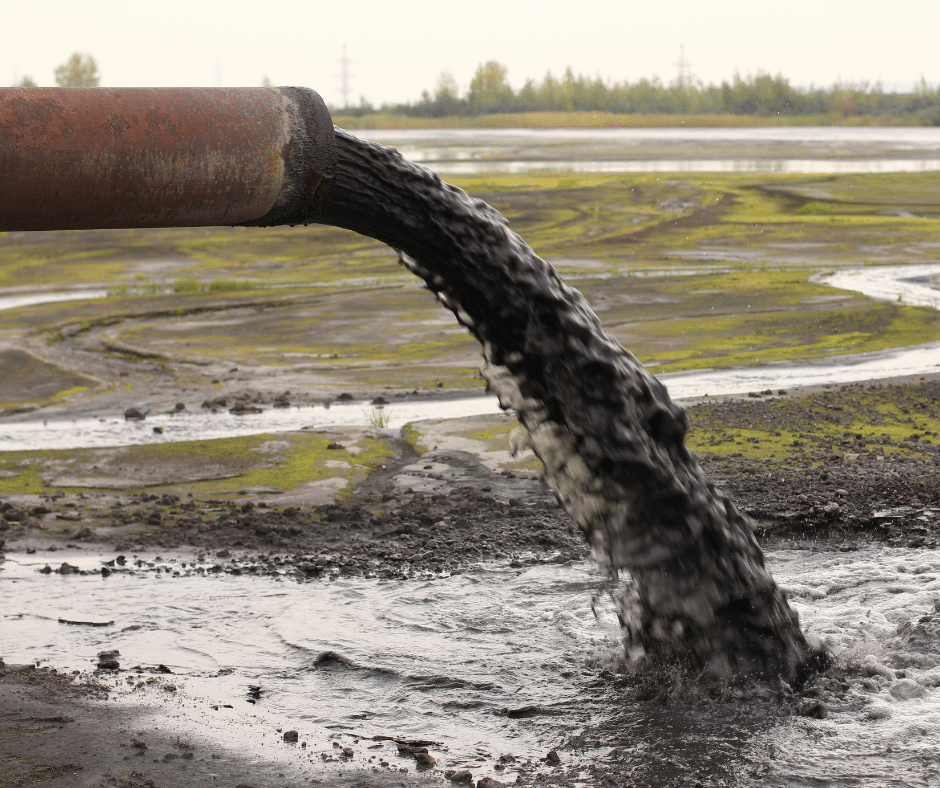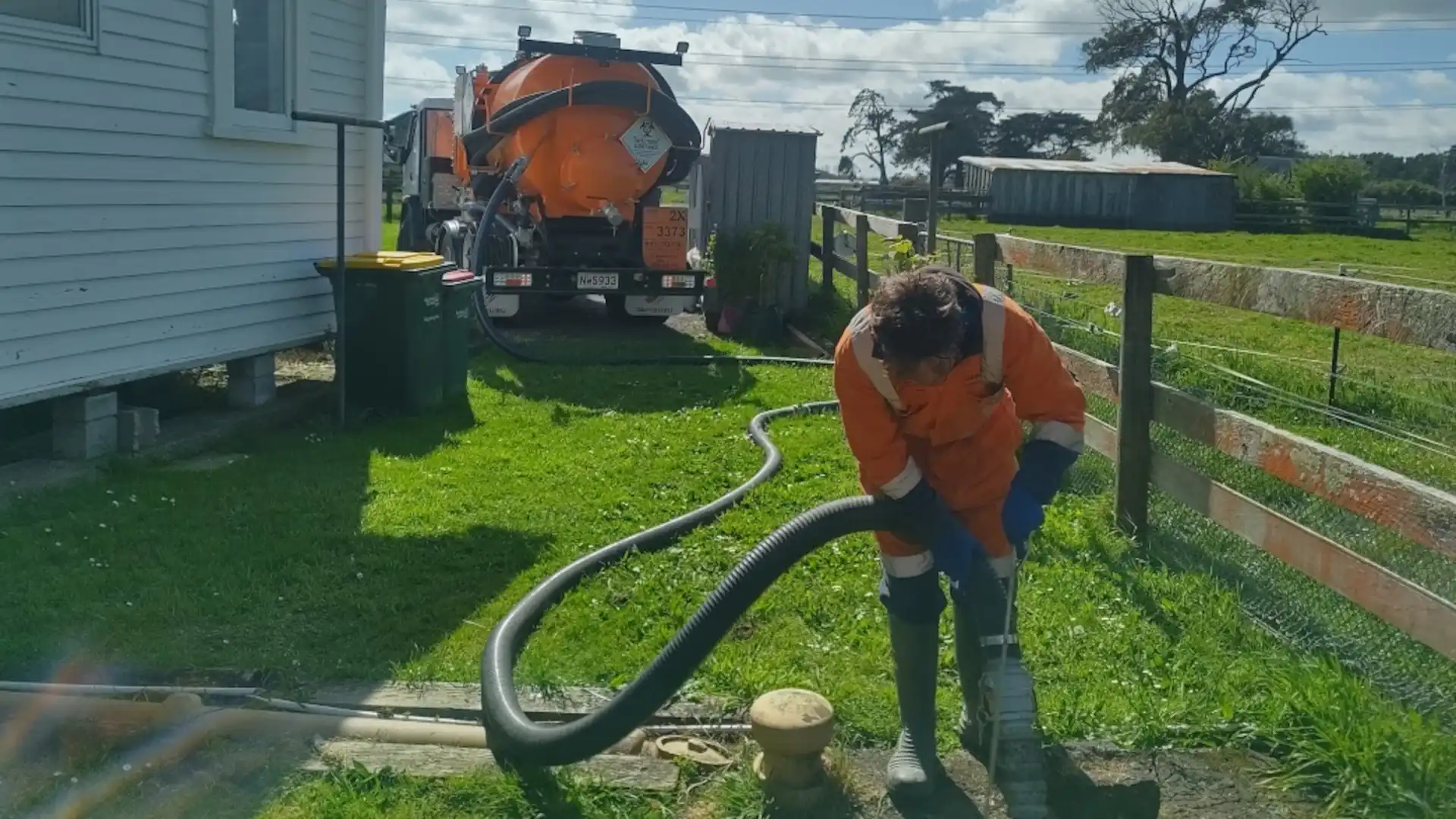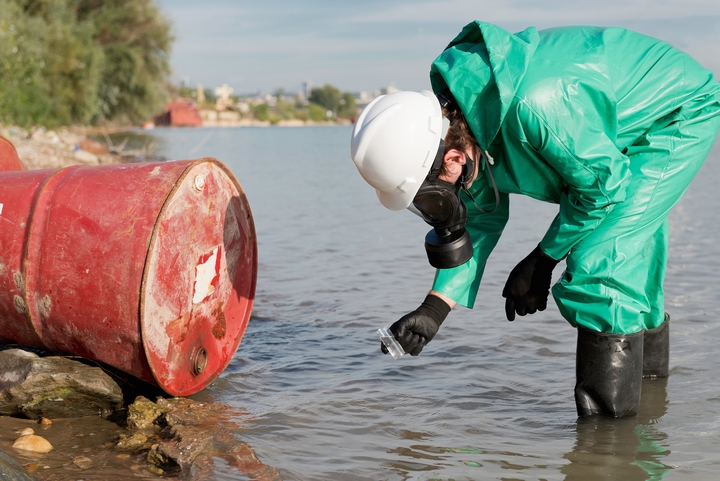Just How Liquid Waste Disposal Works: An In-depth Overview of Methods and Technologies Employed

Review of Liquid Waste Kind
The intricacy of liquid waste types demands a complete understanding of their attributes and effects for disposal. Fluid waste can generally be classified right into several types, including commercial, metropolitan, farming, and hazardous waste. Each group displays unique homes, requiring details monitoring strategies to minimize environmental and health risks.
Industrial liquid waste originates from producing processes and usually contains an array of impurities, such as hefty metals, solvents, and organic substances. Community liquid waste, primarily making up wastewater from households and commercial facilities, has organic issue, nutrients, and pathogens (industrial wastewater treatment). Agricultural liquid waste, including runoff from ranches, might have plant foods, pesticides, and animal waste, posturing risks to water high quality and ecological communities
Dangerous liquid waste is defined by its poisoning, sensitivity, or possible to create damage. Comprehending these varied liquid waste kinds is essential for developing effective disposal methods and making sure compliance with environmental regulations.
Physical Therapy Methods

Screening is the first step, where larger bits and particles are eliminated from the fluid waste making use of screens or grates. This process safeguards downstream equipment from damage and ensures smoother operation. Adhering to screening, sedimentation utilizes gravitational force to separate solids from liquids. In sedimentation tanks, larger fragments work out at the base, developing a sludge layer, while the cleared up fluid can be additional treated.
Filtration is one more essential approach that includes passing the liquid via permeable products, such as sand or membranes, to record smaller particles. This step boosts the high quality of the liquid, making it ideal for subsequent therapy procedures.

Chemical Therapy Techniques
Chemical treatment methods are necessary for effectively managing liquid waste, especially in resolving dissolved and colloidal pollutants that physical approaches may not effectively eliminate. These strategies use numerous chemical representatives to neutralize, precipitate, or transform unsafe compounds into less dangerous forms.
One usual technique is coagulation and flocculation, where chemicals such as alum or ferric chloride are included to promote the gathering of suspended particles. This process enhances sedimentation, enabling much easier elimination of the resulting sludge. Furthermore, oxidation procedures, employing representatives like chlorine or ozone, are utilized to damage down complex organic substances and pathogens, rendering the waste more secure for discharge or more therapy.
Neutralization is an additional vital strategy, which readjusts the pH of acidic or alkaline waste streams to neutral levels, preventing prospective damage to downstream systems and the setting. In addition, advanced oxidation procedures (AOPs) use mixes of oxidants and ultraviolet light to break down consistent pollutants, accomplishing a greater degree of therapy effectiveness.
Biological Therapy Procedures
Organic therapy procedures play a vital role in the monitoring of liquid waste by making use of microbes to break down raw material and lower impurity levels. These procedures can be generally categorized into anaerobic and aerobic therapies, each utilizing details microbial areas to accomplish efficient waste destruction.
Cardio therapy entails making use of oxygen to help with the break down of natural materials by microorganisms. This process is frequently carried out in triggered sludge systems, where aeration containers offer a favorable environment for microbial growth, leading to the oxidation of natural toxins. The resultant biomass can be separated from dealt with effluent through sedimentation.
In contrast, anaerobic therapy takes place in the absence of oxygen, relying upon various microorganisms to break down raw material. This approach is especially advantageous for high-strength waste, as it produces biogas, a renewable resource source, while lowering sludge manufacturing. Technologies such as anaerobic digesters are regularly used in commercial and municipal applications.
Both anaerobic and cardiovascular biological therapies not just lessen the environmental impact of liquid waste however also promote resource healing, making them essential elements of sustainable waste management strategies. Their performance, efficiency, and adaptability sustain their extensive execution across numerous markets.
Arising Technologies in Disposal
Ingenious strategies to fluid waste disposal are quickly developing, driven by innovations in innovation and a boosting emphasis on sustainability. Among these emerging technologies, membrane bioreactors (MBRs) have actually acquired grip for their capability to combine organic treatment with membrane layer filtering, resulting in top notch effluent that can be reused in various applications. MBRs enable smaller sized footprints and extra effective operations contrasted to conventional systems.
An additional appealing growth is making use of anaerobic food digestion integrated with nutrient recovery technologies, which not just treats liquid waste however also produces biogas and recovers beneficial nutrients like nitrogen and phosphorus. This dual benefit boosts source effectiveness and decreases ecological impact.
Furthermore, progressed oxidation processes (AOPs) are being embraced for the deterioration of intricate natural contaminants. These techniques make use of powerful oxidants and stimulants to damage down pollutants at the molecular degree, providing a very efficient solution for challenging waste streams.
Moreover, the assimilation of expert system and equipment discovering in waste monitoring websites systems is optimizing operational performance and anticipating upkeep, bring about reduced prices and enhanced environmental compliance. These technologies mirror a considerable change in the direction of more sustainable and reliable liquid garbage disposal practices.
Final Thought
To conclude, efficient liquid waste disposal necessitates a thorough understanding of numerous strategies and modern technologies. The combination of physical, chemical, and organic treatment approaches guarantees the efficient management of varied waste read this article kinds. In addition, the introduction of ingenious technologies boosts therapy efficiency and advertises sustainability in waste management methods. By continuously progressing these techniques, it ends up being possible to address the growing obstacles linked with fluid waste, ultimately adding to environmental management and resource recuperation.
Liquid waste disposal is a critical element of environmental administration, calling for a comprehensive understanding of different techniques and modern technologies tailored to different waste types. Liquid waste can generally be categorized into several kinds, including commercial, local, agricultural, and unsafe waste. Agricultural fluid waste, including drainage from ranches, may contain fertilizers, chemicals, and pet waste, positioning threats to water high quality and communities.
Various physical therapy approaches play a crucial function in taking care of fluid waste effectively - industrial wastewater treatment.In conclusion, effective fluid waste disposal requires a detailed understanding of various check out this site techniques and innovations